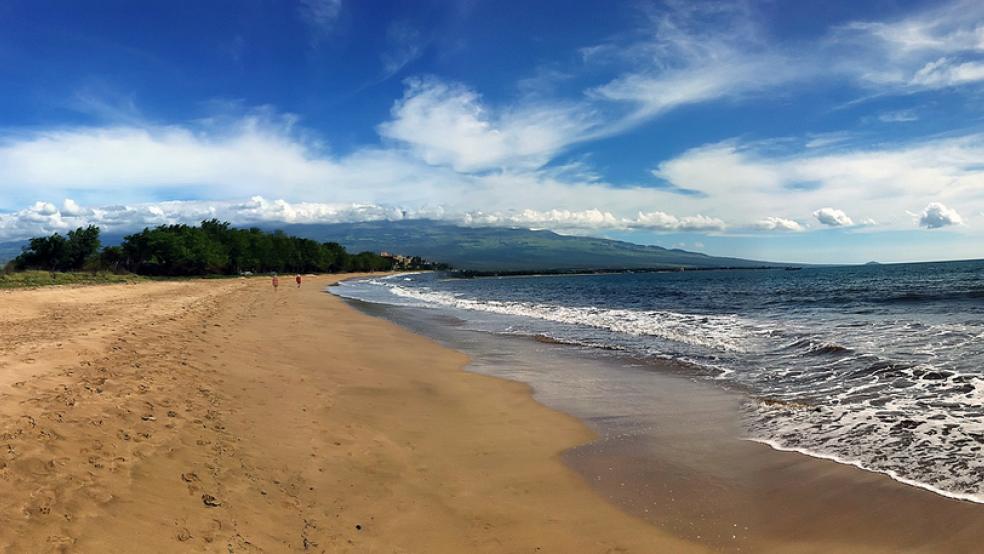Whether you want to jet off to the islands or embark on a cross-country RV trip this summer, one thing is certain: You’d better have some money saved up.
According to a 2013 American Express survey, the average family of four can expect to shell out over $4,500 for a big vacation—a sum that can make even the coolest parents sweat.
But what if you could turn that sticker shock into a family-wide exercise in responsible money management?
From helping keep tabs on a trip budget to researching prices, the benefits of involving kids in the summer vacation planning process are worth their weight in gold.
Why This Convo Is So Important Think back to your own childhood. Did your parents talk openly about what vacations cost? Did they grant your every request on trips, or explain that unlimited activities and treats weren’t in the budget?
Chances are, snippets of these moments have stayed with you—for better or worse.
“[That’s why] I ask all of my clients about their first money memory,” says Dory Rodriguez, a CFP® at HighPoint Planning Partners in Downers Grove, Ill. “It typically has an impact on their adult decisions.”
By introducing your children to concepts like saving for a vacation and deal hunting during the planning process, you can help ensure the money memories they develop are healthy ones.
How to Jump-start It Before you call a family meeting to discuss an upcoming trip, Rodriguez recommends nailing down a range of how much you can reasonably spend.
From there, drill down on specifics by polling family members. For instance, would your kids rather fly to Orlando for $2,300 and spend three days at Disney, or drive for $1,300 in exchange for a five-night stay?
“If your kid fully understands [the trade-offs you’re presenting], further explain the breakdown of gas, hotels and food within those figures,” Rodriguez says, adding that when she was completing this exercise with her own children, they found it helpful to map out the pros and cons of each option on a chalkboard.
Once your budget and high-level plans are set, ask your kids to help you compare entertainment and lodging costs. Elementary and middle school-aged kids can perform basic research, like pricing amusement park tickets, while teens can scour the web for hotels with Wi-Fi and an outdoor pool.
Challenge them to keep an eye out for deals and discounts—like the ones offered to AAA members—and explain that any savings can be reallocated for special meals out or bonus activities.
Related: 7 Ways to Book the Best All-Inclusive Vacation
Then it’s time to start saving! Place a clear jar where everyone can see it, and encourage every family member to contribute to it whenever they can.
“And make it physical,” Rodriguez says. “Everything these days is credit cards and electronic transfers. A lot of times, kids don’t touch money at all.”
Use age-appropriate techniques to increase participation, like handing preschoolers leftover bills or coins to add to the jar, and asking teenagers to chip in part of their allowance. And make sure they see you regularly dropping in money, too.
Once the jar is full or you’ve met your goal, head to the bank. Let your kids write out the deposit slip, stand in line and hand the money to the teller—then ask for a receipt so everyone can marvel at the account balance.
“Now that the goal is realized, the kids can start planning the next steps,” Rodriguez says. “Have them draw a picture or draw up a list of what they’ll need to pack, and make a card that says ‘We did it! We’re going on our trip!’”
Top Reads from The Fiscal Times




